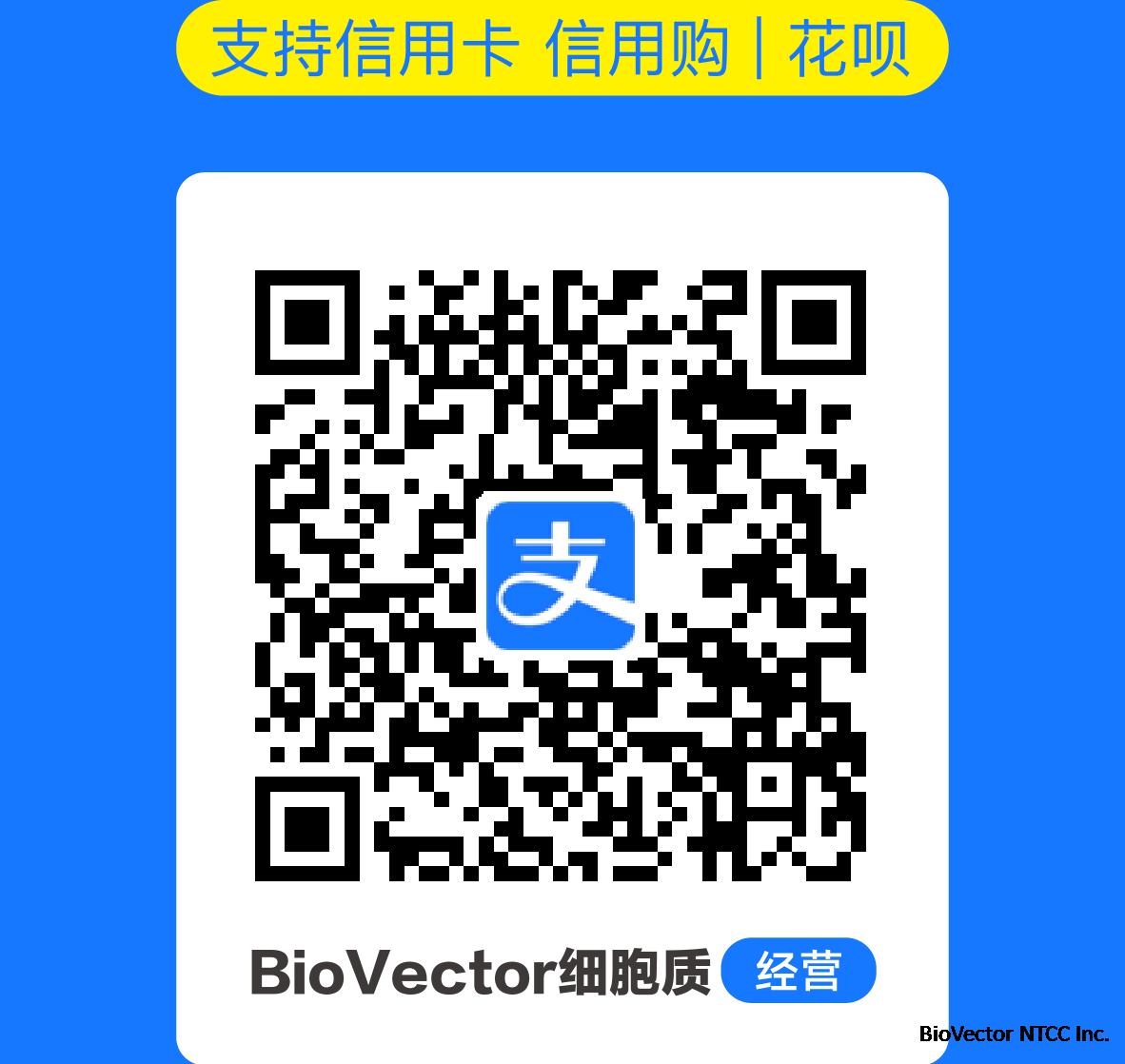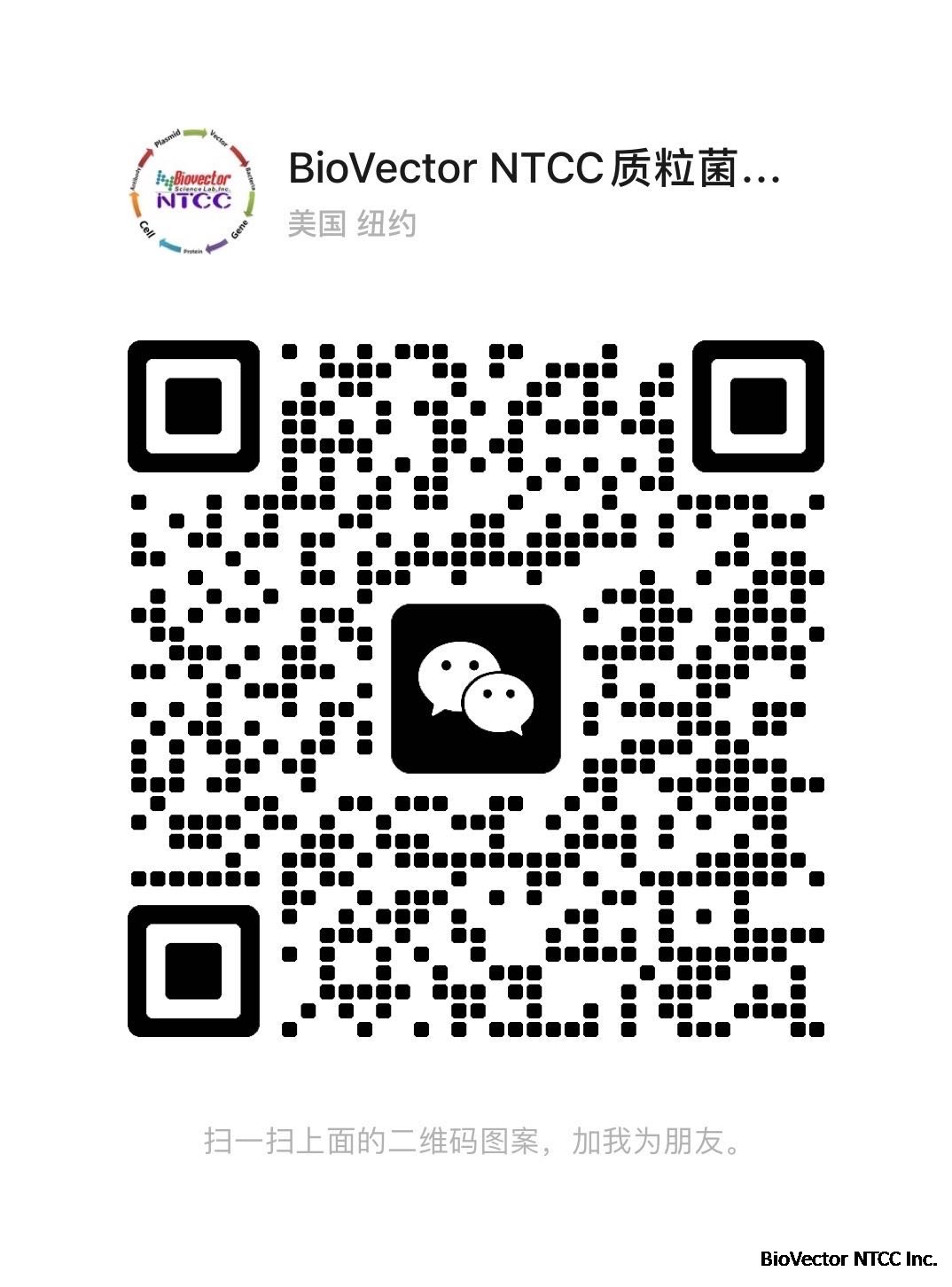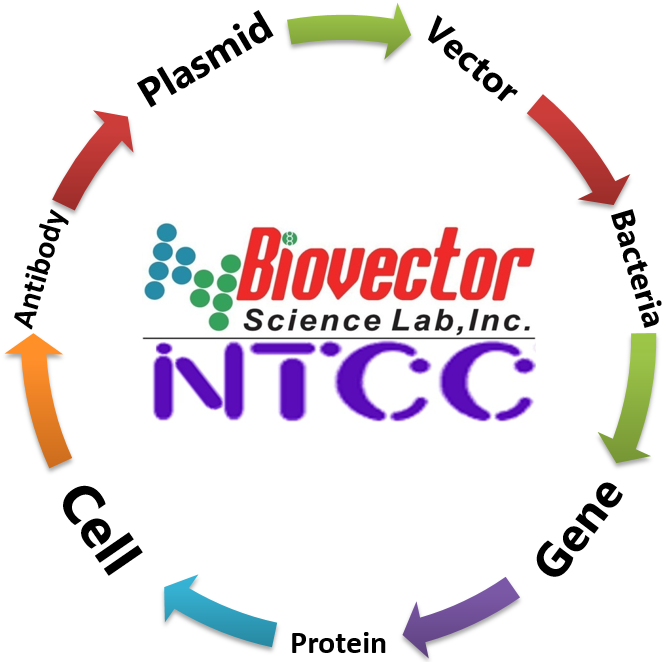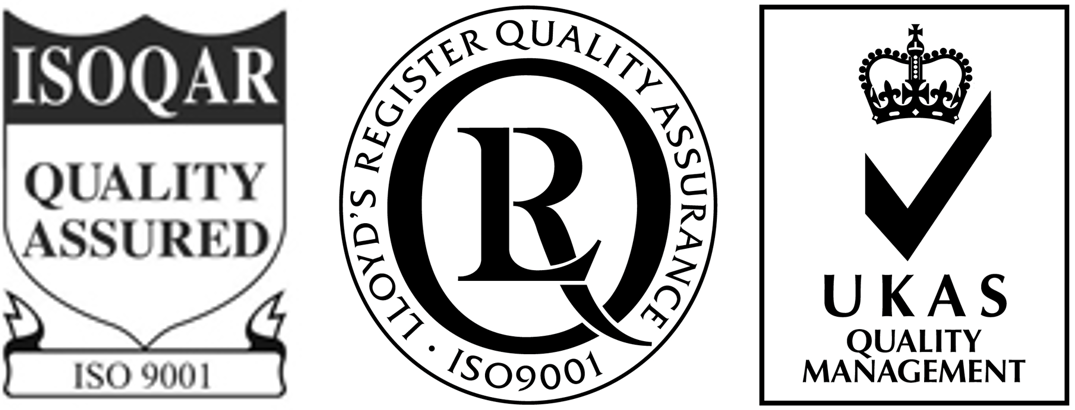Colon-26 cells小鼠結腸癌細胞株 BioVector NTCC質粒載體菌種細胞基因保藏中心
- 價 格:¥17935
- 貨 號:Colon-26 cells小鼠結腸癌細胞株
- 產 地:北京
- BioVector NTCC典型培養物保藏中心
- 聯系人:Dr.Xu, Biovector NTCC Inc.
電話:400-800-2947 工作QQ:1843439339 (微信同號)
郵件:Biovector@163.com
手機:18901268599
地址:北京
- 已注冊
Colon-26 cells小鼠結腸癌細胞株 BioVector NTCC質粒載體菌種細胞基因保藏中心 Designation: Colon-26
Organism: Balb/C (mouse)
Gender: Female
Tissue: Colon
Morphology: Epithelial
Cell type: Carcinoma, grade IV, undifferentiated
Growth Properties: Monolayer, adherent
Description: The Colon-26 tumor model was established by inducing tumor formation in Balb/c mice
with single rectal application of N-Nitroso-N-Methylurethan (NMU), see Corbett et al.
1975. Using solid Colon-26 tumor tissue, the colon-26 cell line was established as in vitro
culture in 1988.
Culture Conditions and Handling
Culture Medium: RPMI 1640 medium supplemented with glutamine and 10% fetal bovine (MG-70, CLS
order number 820700).
Subculturing: Remove medium and rinse the adherent cells using PBS without calcium and
magnesium (3-5 ml PBS for T25, 5-10ml for T75 cell culture flasks). Add Accutase (1-2ml
per T25, 2.5ml per T75 cell culture flask), the cell sheet must be covered completely.
Incubate at ambient temperature for 10 minutes. Carefully resuspend the cells, the
addition of medium is optional but not necessary, and dispense into new flasks which
contain fresh medium.
Split Ratio: A ratio of 1:4 to 1:6 is recommended
Seeding density: 10,000 cells/cm2
Fluid Renewal: 2 to 3 times weekly
Freeze Medium: CM-ACF (CLS order number: 800625, 25ml, 800650, 50ml), a chemically defined and
serum-free cryopreservation media.
Sterility: Fluorescence (DAPI) test: negative; Mycoplasma specific PCR: negative; Bacteria
specific PCR: negative
Biosafety Level: 1
Special Features of the Cell Line
Tumorigenic: in Balb/c mice
Viruses: MAP-Test negative: Sendai, Ektromelie, Polyoma, K-Virus, Kilham, Reo 3, PVM, LCM,
M.pulmonis, MVM, Theiler's GD VII, Toolan's H-1, MHV, LDV, RCV/SDA, M-Adenovirus,
B.piliformis; SMRV: Negative, as confirmed by Real-Time PCR
References:
Corbett TH, Griswold DP and Roberts BJ et al. Tumor induction relationships in Development of Transplantable
Cancers of the Colon in Mice for Chemotherapy Assays, with a note on Carcinogen Structure. Cancer Res 35:
2435-39, 1975.
Alison DC, Ridolpho PF, Anderson S, Bose K. Variations in the [3H]thymidine labelling of S-phase cells in solid
mouse tumours. Cancer Res 45: 6010-16, 1985.
Recommendations for handling of adherent cell cultures following delivery
Cryopreserved cells
If immediate culturing is not intended, the cryovial(s) must be stored in liquid nitrogen (-196°C) or at least at -80°C
after arrival.
If immediate culturing is intended, please follow these instructions:
Quickly thaw by rapid agitation in a 37°C water bath within 40-60 seconds. The water bath should have clean
water containing an antimicrobial agent. As soon as the sample has thawed, remove the cryovial from the water
bath. Note: A small ice clump should still remain and the vial should still be cold.
From now on, all operations should be carried out under aseptic conditions.
Transfer the cryovial to a sterile flow cabinet and wipe with 70% alcohol. Carefully open the vial and transfer the
cell suspension into a 15 ml centrifuge tube containing 8 ml of culture medium (room temperature). Resuspend
the cells carefully. Centrifuge at 300xg for 3 min and discard the supernatant. The centrifugation step may be
omitted, but in this case the remains of the freeze medium have to be removed 24 hours later.
Resuspend the cells carefully in 10ml fresh cell culture medium and transfer them into two T25 cell culture flasks.
All further steps are described in the Subculture section.
Proliferating Cultures
The cell culture flasks are completely filled with cell culture medium to prevent loss of cells during transit.
Remove the entire medium except for a sufficient volume to cover the floor of the flask. Incubate at 37°C for
24 hrs.
Sometimes the cultures are handled roughly during transit, and most of the cells detach and float in the culture
medium. If this has occurred remove the entire content of the flask and centrifuge at 300x g for 5 minutes. Take
off the supernatant, resuspend the cells in 10 ml of culture medium and transfer the entire cell suspension into cell
culture flasks of suitable size (do not seed in more than 1T75 flask).
Safety precautions for frozen cell lines
If the cryovial is planned to be stored in liquid nitrogen and to be thawed in the future, special safety precautions
should be followed:
Protective gloves and clothing should be used and a facemask or safety goggles must be worn when storing
and/or thawing the cryovial.
The removal of a cryovial from liquid nitrogen can result in the explosion of the cryovial creating flying
fragments.
References: Caputo, J.L. Biosafety procedures in cell culture. J. Tissue Cult. Methods 11:223-227, 1988. ATCC Quality Control Methods for Cell
Lines, 2nd edition, 1992.
BioVector NTCC質粒載體菌種細胞蛋白抗體基因保藏中心
電話:+86-010-53513060
網址:www.biovector.net [Supplier來源] http://www.biovector.net
Organism: Balb/C (mouse)
Gender: Female
Tissue: Colon
Morphology: Epithelial
Cell type: Carcinoma, grade IV, undifferentiated
Growth Properties: Monolayer, adherent
Description: The Colon-26 tumor model was established by inducing tumor formation in Balb/c mice
with single rectal application of N-Nitroso-N-Methylurethan (NMU), see Corbett et al.
1975. Using solid Colon-26 tumor tissue, the colon-26 cell line was established as in vitro
culture in 1988.
Culture Conditions and Handling
Culture Medium: RPMI 1640 medium supplemented with glutamine and 10% fetal bovine (MG-70, CLS
order number 820700).
Subculturing: Remove medium and rinse the adherent cells using PBS without calcium and
magnesium (3-5 ml PBS for T25, 5-10ml for T75 cell culture flasks). Add Accutase (1-2ml
per T25, 2.5ml per T75 cell culture flask), the cell sheet must be covered completely.
Incubate at ambient temperature for 10 minutes. Carefully resuspend the cells, the
addition of medium is optional but not necessary, and dispense into new flasks which
contain fresh medium.
Split Ratio: A ratio of 1:4 to 1:6 is recommended
Seeding density: 10,000 cells/cm2
Fluid Renewal: 2 to 3 times weekly
Freeze Medium: CM-ACF (CLS order number: 800625, 25ml, 800650, 50ml), a chemically defined and
serum-free cryopreservation media.
Sterility: Fluorescence (DAPI) test: negative; Mycoplasma specific PCR: negative; Bacteria
specific PCR: negative
Biosafety Level: 1
Special Features of the Cell Line
Tumorigenic: in Balb/c mice
Viruses: MAP-Test negative: Sendai, Ektromelie, Polyoma, K-Virus, Kilham, Reo 3, PVM, LCM,
M.pulmonis, MVM, Theiler's GD VII, Toolan's H-1, MHV, LDV, RCV/SDA, M-Adenovirus,
B.piliformis; SMRV: Negative, as confirmed by Real-Time PCR
References:
Corbett TH, Griswold DP and Roberts BJ et al. Tumor induction relationships in Development of Transplantable
Cancers of the Colon in Mice for Chemotherapy Assays, with a note on Carcinogen Structure. Cancer Res 35:
2435-39, 1975.
Alison DC, Ridolpho PF, Anderson S, Bose K. Variations in the [3H]thymidine labelling of S-phase cells in solid
mouse tumours. Cancer Res 45: 6010-16, 1985.
Recommendations for handling of adherent cell cultures following delivery
Cryopreserved cells
If immediate culturing is not intended, the cryovial(s) must be stored in liquid nitrogen (-196°C) or at least at -80°C
after arrival.
If immediate culturing is intended, please follow these instructions:
Quickly thaw by rapid agitation in a 37°C water bath within 40-60 seconds. The water bath should have clean
water containing an antimicrobial agent. As soon as the sample has thawed, remove the cryovial from the water
bath. Note: A small ice clump should still remain and the vial should still be cold.
From now on, all operations should be carried out under aseptic conditions.
Transfer the cryovial to a sterile flow cabinet and wipe with 70% alcohol. Carefully open the vial and transfer the
cell suspension into a 15 ml centrifuge tube containing 8 ml of culture medium (room temperature). Resuspend
the cells carefully. Centrifuge at 300xg for 3 min and discard the supernatant. The centrifugation step may be
omitted, but in this case the remains of the freeze medium have to be removed 24 hours later.
Resuspend the cells carefully in 10ml fresh cell culture medium and transfer them into two T25 cell culture flasks.
All further steps are described in the Subculture section.
Proliferating Cultures
The cell culture flasks are completely filled with cell culture medium to prevent loss of cells during transit.
Remove the entire medium except for a sufficient volume to cover the floor of the flask. Incubate at 37°C for
24 hrs.
Sometimes the cultures are handled roughly during transit, and most of the cells detach and float in the culture
medium. If this has occurred remove the entire content of the flask and centrifuge at 300x g for 5 minutes. Take
off the supernatant, resuspend the cells in 10 ml of culture medium and transfer the entire cell suspension into cell
culture flasks of suitable size (do not seed in more than 1T75 flask).
Safety precautions for frozen cell lines
If the cryovial is planned to be stored in liquid nitrogen and to be thawed in the future, special safety precautions
should be followed:
Protective gloves and clothing should be used and a facemask or safety goggles must be worn when storing
and/or thawing the cryovial.
The removal of a cryovial from liquid nitrogen can result in the explosion of the cryovial creating flying
fragments.
References: Caputo, J.L. Biosafety procedures in cell culture. J. Tissue Cult. Methods 11:223-227, 1988. ATCC Quality Control Methods for Cell
Lines, 2nd edition, 1992.
BioVector NTCC質粒載體菌種細胞蛋白抗體基因保藏中心
電話:+86-010-53513060
網址:www.biovector.net [Supplier來源] http://www.biovector.net
您正在向 biovector.net 發送關于產品 Colon-26 cells小鼠結腸癌細胞株 BioVector NTCC質粒載體菌種細胞基因保藏中心 的詢問
- 公告/新聞




